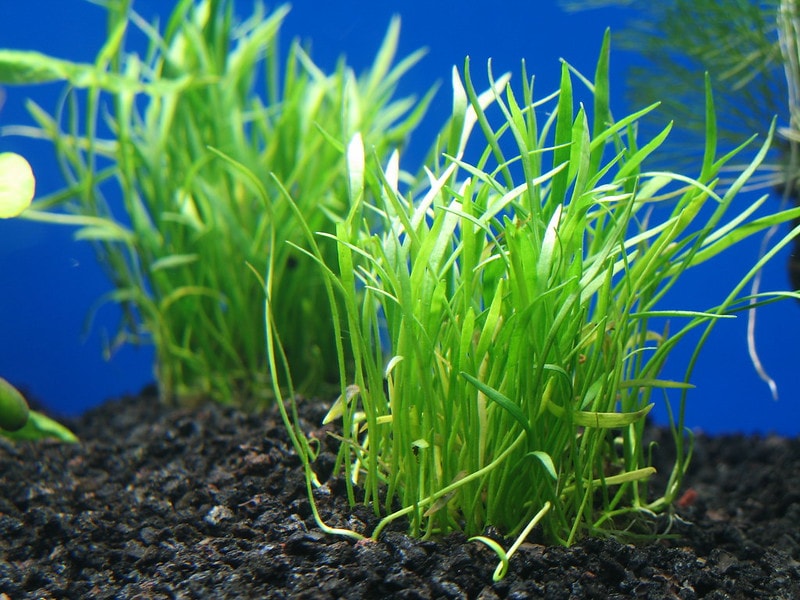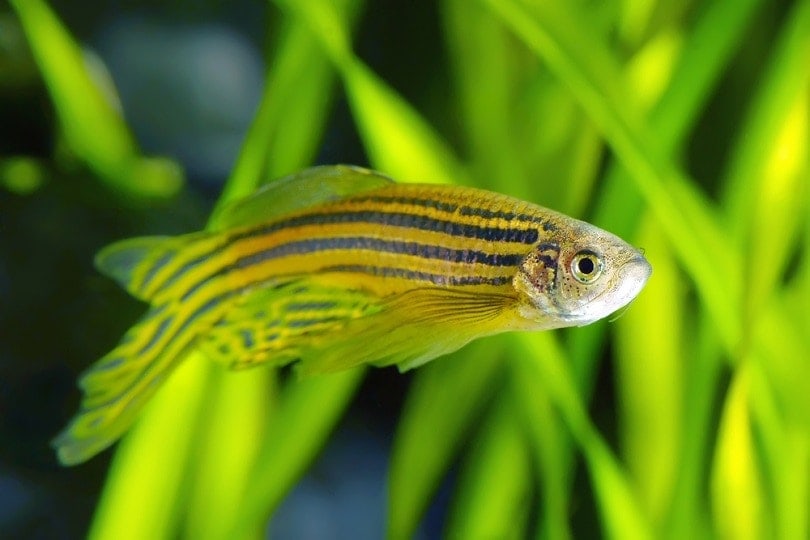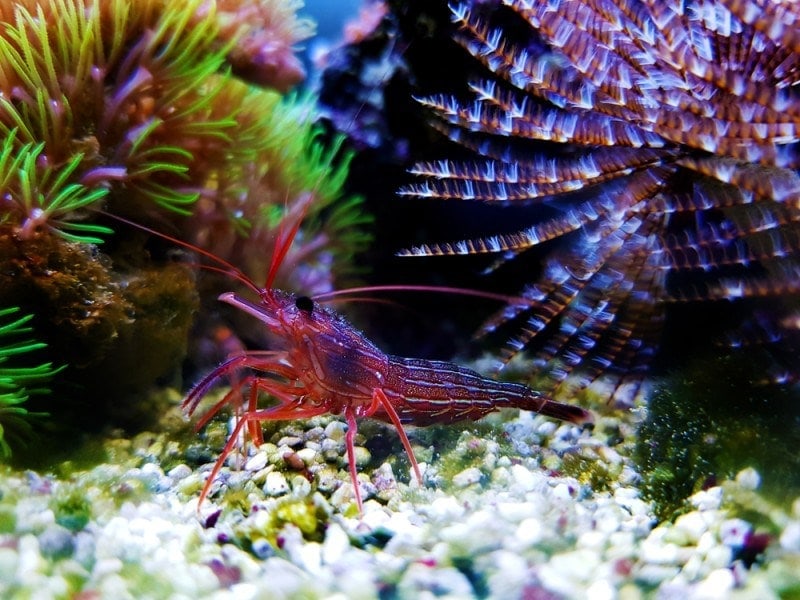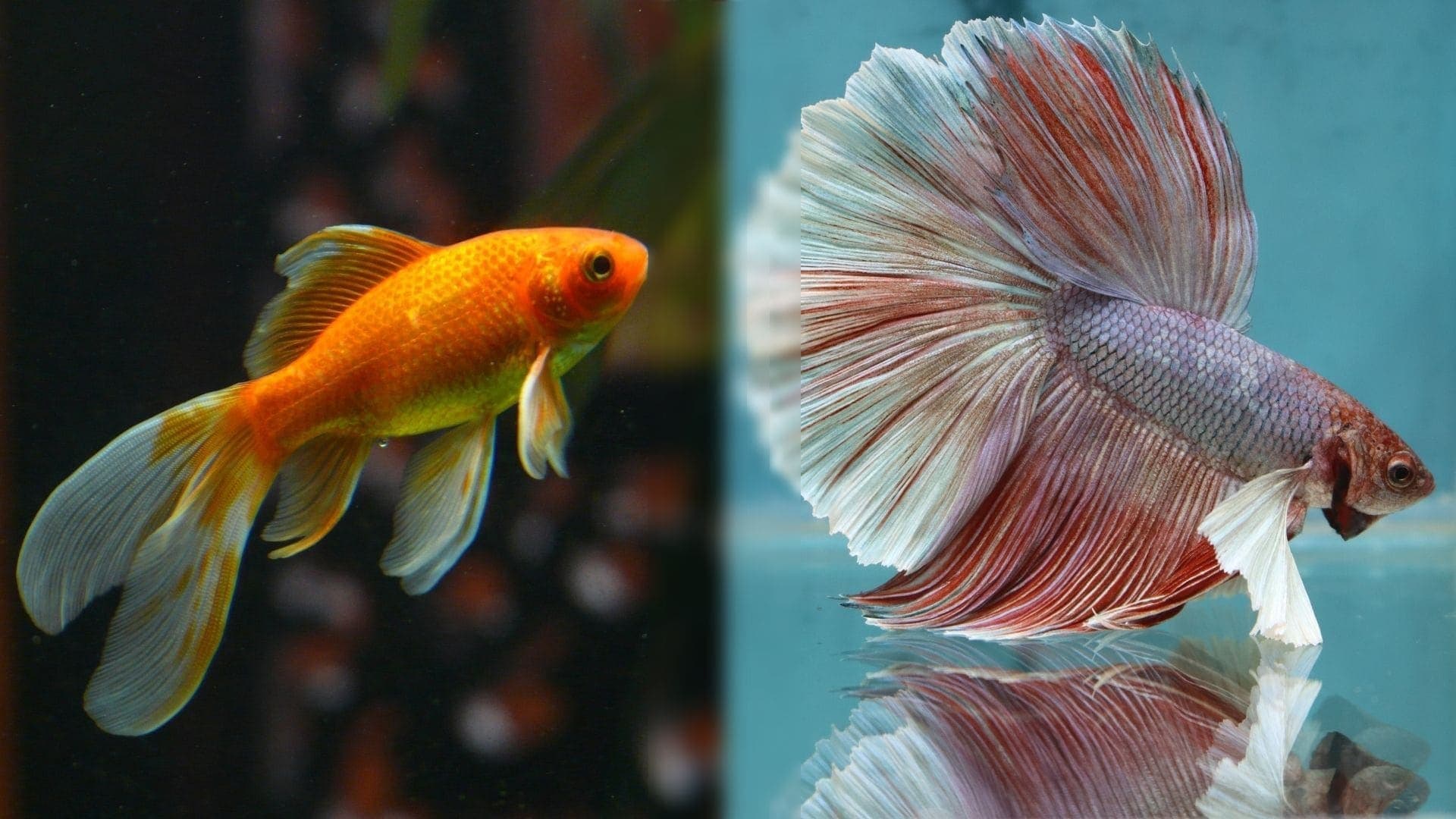How to Humanely Euthanize Your Fish: 3 Simple Methods
Updated on
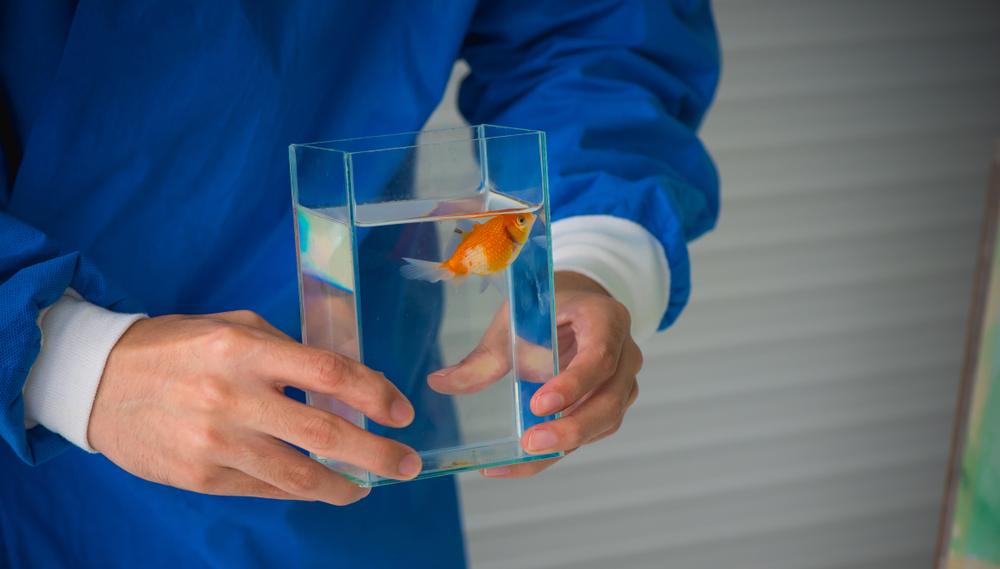
Many aquarium fish do not show their illness until it’s too late. There will be a time in every aquarist’s fish-keeping journey when they will have to humanely euthanize their severely ill and suffering fish. Just like all animals, when we are ill or badly hurt, we suffer and feel pain. Your fish are the same! Fish feel the pain from their injuries, and they can exhaust themselves trying to hide and deal with their illness.
When a fish is sick, we rush to the nearest fish store for a variety of medications to treat our fish. What happens when nothing is working, and the fish continues to suffer and fade away? We must euthanize it in the kindest and pain-free way possible.
We will provide you with some of the most humane methods to euthanize your fish, ensuring it feels no pain and will eventually be at peace from its suffering.
When to Euthanize a Fish
- The fish has severe injuries from being attacked by tank mates or stuck in aquarium equipment.
- The fish does not eat and is wasting away, the stomach is concaving, and the fish is lethargic.
- A disease and infection that causes visible injuries with no success with medical treatment.
- The fish cannot stay upright, is not eating and all attempts at relieving the swim bladder have failed.
- The fish appears dead at the bottom, moving in the current like it is a piece of paper. Yet when you check if it is alive, the eyes move, and slow gill movement is present. Therefore, indicating the fish is still alive but suffering slowly.
The 3 Methods to Humanely Euthanize Your Beloved Fish
Euthanizing your fish is not easy, it is difficult, and we may feel bad for even thinking about it. We must remember a suffering fish has a poor quality of life. It is crueler to keep a suffering fish alive than to euthanize it to relieve its suffering. Below are our top safe and humane euthanizing methods for your fish.
1. Clove Oil
Clove oil is one of the most recommended euthanization methods for aquatic creatures. Clove oil puts them in a deep sleep, so they do not feel any pain, and eventually pass away. It acts like a human form of anaesthesia. Clove oil is readily available at most chemists and health stores.
When you decide to use this method for euthanization, ensure you move the suffering fish into a separate container of warmish water. Slowly add a few drops clove oil into the container—no more than 0.5ml, much less than a teaspoon. Clove oil will act as a sedative and put your fish to sleep. The gill movement will cease, and the fish will pass from hypoxia.
This is an overall effective and trusted method when it comes to euthanizing your fish. The whole process will take up to 5 to 10 minutes, during which time your fish will feel no pain and eventually be free of suffering.
Scientific studies have found that the painkilling effect of clove oil is similar to benzocaine hydrochloride and MS-222. This is a promising discovery as it reassures clove oil euthanization is backed up by studies and used by expert aquarists.

2. The freezing method
A less effective method would be to freeze your fish in sub-zero temperatures. Although there is not much research to back up this method, it has been discovered once the fish is exposed to extremely cold temperatures, it will enter a state of deep sleep considered as hibernation. The cold will numb the pain and your fish will eventually pass.
This method should be used when clove oil is not available, and the situation is severe.
You must place the fish in a small, shallow container of water and immediately place it in a freezer of sub-zero temperature. The water will freeze solid while the fish is asleep and numb. Eventually, gill movement will be stopped by the ice as well as any blood flow. The fish should be left for 3 hours and then be disposed of kindly.

3. Stunning and Decapitation (Extreme)
This is a physical and controversial method that most aquarists would only use in absolute emergencies, and it should be expertly done to avoid further suffering of your fish. This is the least popular method. Do not attempt this method if you are hesitant or do not know what you are doing.
You will have to use a heavy object to crush the fish’s head. This will immediately result in loss of brain activity and your fish will instantly pass away.
How to Dispose of a Deceased Fish
One of the best disposal methods is to bury the fish in a special plant pot or the ground. Do not dispose of your fish down the toilet, in open landfill sites, bins, or waterways. Incorrect disposal has the potential to risk the native species’ health as well as the environment.
Inhumane Euthanization Methods
- Placing in a fridge where the fish will slowly freeze, but not to the point of death but listlessness.
- Holding out of the water to suffocate.
- Be placed in boiling water.
- Placed in tap water that is not dechlorinated.
- Squished between tissue paper.
How to Tell If the Fish Has Passed
- There will be no gill movement for 15 to 20 minutes.
- The fins are tightly clamped and there is no eye movement.
Check for any bodily movement, eye-rolling, subtle grasping, and flimsiness.
Conclusion
As sad as it is to have to euthanize your fish, it is overall for the best when it comes to suffering and pain. Always ensure you have tried medications and treatments to save your fish before you decide to euthanize them. Clove oil is the overall best and most successful method. Freezing and stunning are some of the more controversial and less popular methods. We hope this article has helped you choose a method to safely and humanely euthanize your fish.
Check out some of our other popular posts:
Featured Image Credit: BannokStock359, Shutterstock



